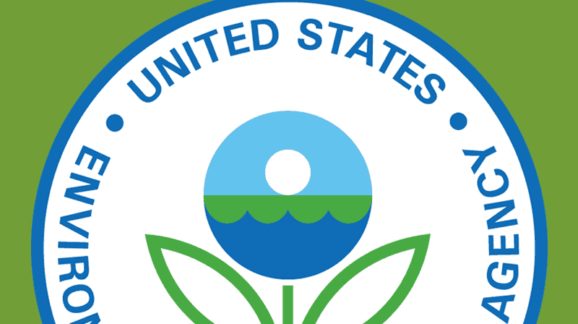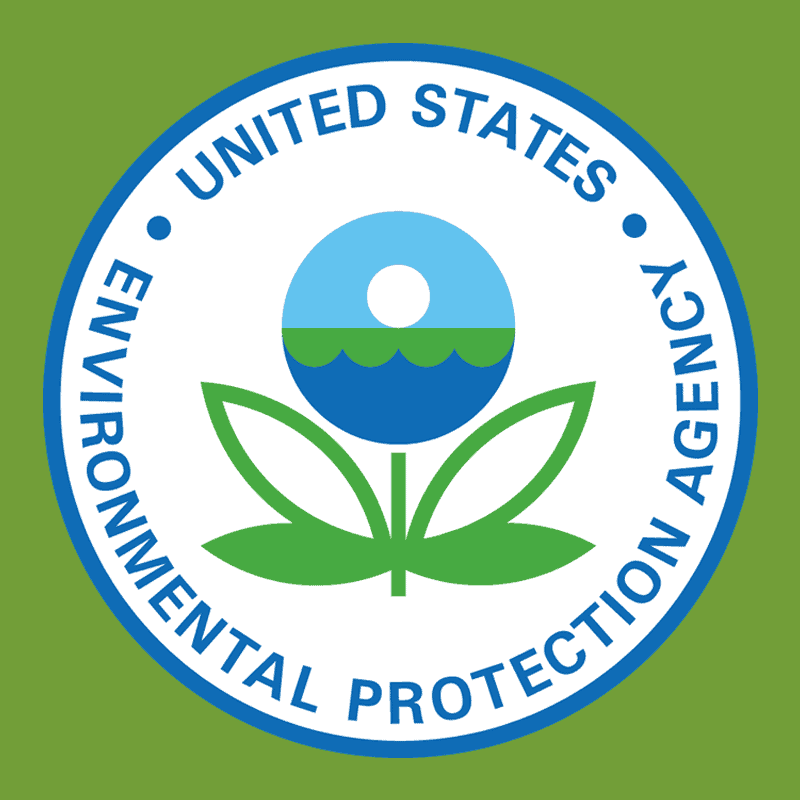Two Recommendations for EPA: 1) Revise, Don’t Repeal; 2) Do Your Job


There is a climate policy that’s even worse than EPA regulations written by NRDC lobbyists: state common law claims against greenhouse gas emitters. While the Supreme Court has shut the door on federal common law claims based on climate change, thanks to AEP v. Connecticut, the court’s ruling expressly left unanswered whether state courts could provide remedies for climate causes of action.
To be sure, the odds of a state court upholding a climate tort are long, but the fact of the matter is that you never know what some nutty judge could decide, and there will be no shortage of complaints. By vacating the field of climate regulation, the EPA would make it much likelier for a state court to uphold a claim against a stationary source of greenhouse gases. This would be a disaster. It would open up virtually the whole of the U.S. economy to climate litigation for damages or injunctive relief, in potentially a number of states.
Due to this concern, I wouldn’t recommend that EPA outright repeal the Clean Power Plan or the Carbon Pollution Standards. Nor would I try to revoke the endangerment finding. Instead, I would revise the entire greenhouse gas regime to comport with the law and common sense.
So, for cars and trucks, I would recommend an administrative course correction of tailpipe emissions standards, as envisioned by the 2007 Energy Independence and Security Act. For the Carbon Pollution Standards, I’d recommend a rule based on ultra-efficient or even supercritical boilers. And for the Clean Power Plan, I’d bring the regulation “inside the fence-line,” in accordance with the Clean Air Act; that is, I would issue standards for heat-rate efficiency (i.e., “building block 1”). I’d keep the names of the regulations—“Clean Power Plan” and “Carbon Pollution Standards”—as these are the products of the best public relations professionals.
Of course, the above is a negative policy platform in that it pertains to existing rules that need to be revised. I also have a positive policy platform of proactive actions for the agency. It even has a catchy slogan: “Do Your Job.”
The Clean Air Act is rife with deadlines that reflect the nuts and bolts of administering the statute. As I demonstrate in a recent study, EPA’s deadline performance was terrible during the last eight years. Out of more than 1,100 deadlines, the agency missed 84 percent by an average of 4.3 years. For technology-forcing regulations that must be reviewed every eight years to reflect the latest science and technology, the agency was late on 93 percent of its deadlines, by an average of 7.8 years. In reviewing state implementation plans, which must occur within 18 months, the agency was late on 78 percent of its deadlines by an average of 1.9 years. By neglecting its non-discretionary responsibilities, the EPA has undermined the Clean Air Act design. The next administration should right the ship. By doing its job, EPA could ensure its health rules are up to date and also better execute the agency’s role in cooperative federalism.